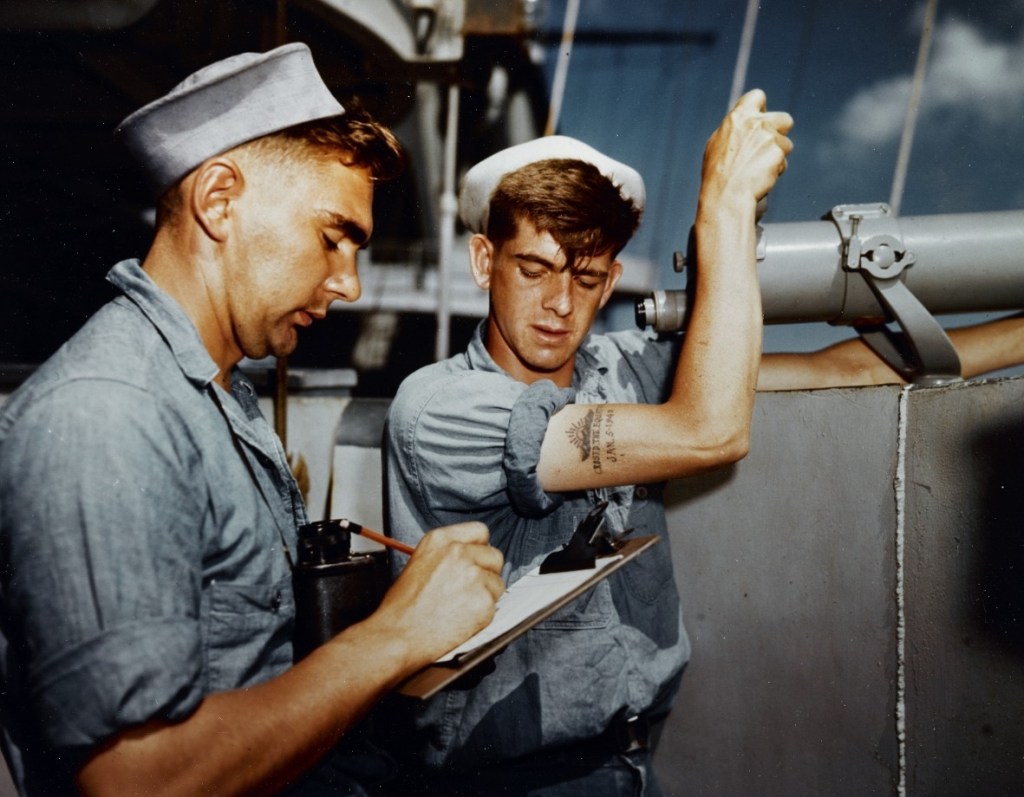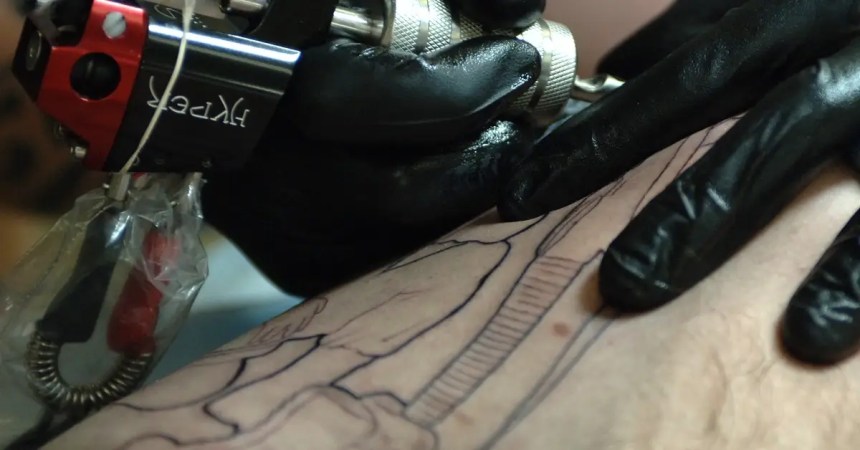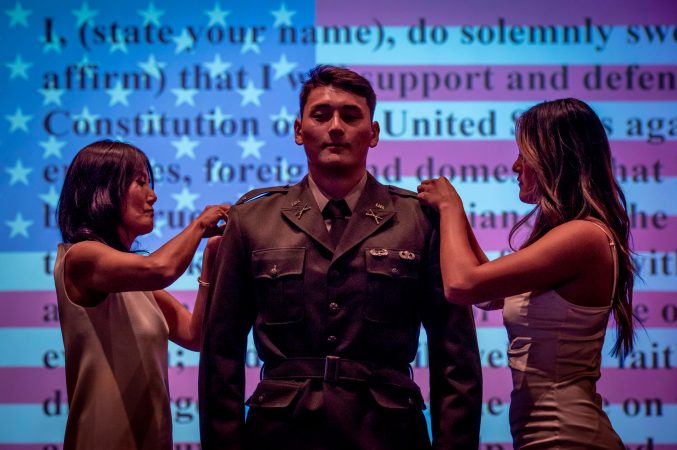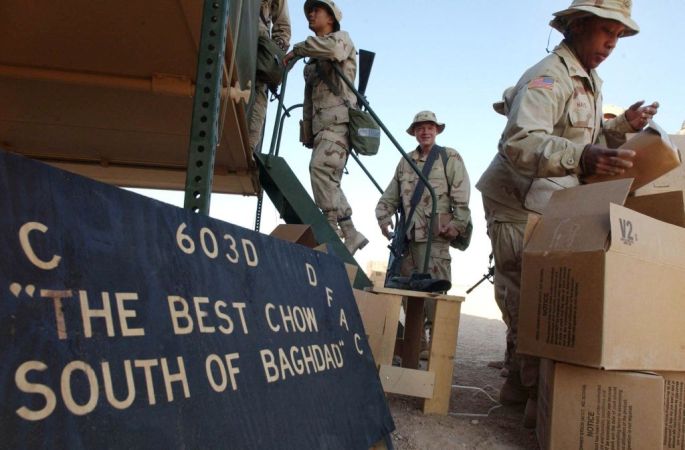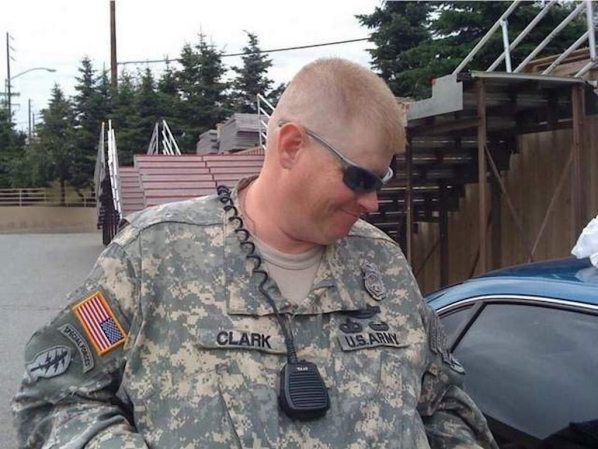Military tattoos aren’t just your average ink stains. They’re symbols of honor, tradition and plain old badassery that have been passed down through generations of warriors. So, what’s the deal with these tats?
Well, the Department of Defense says military tattoos have been around since forever as a way to tell soldiers apart and show off their achievements. From ancient tribes to modern-day troops, these tattoos have served as badges of courage, loyalty, and love for their country.
Whether it’s an eagle soaring high, clutching a gun and American flag, or an anchor symbolizing stability and strength on the high seas, these designs are the real deal. And while modern soldiers may choose to rock a Spartan helmet or compass, they’re all about showing off their unique experiences and specialized training.
But hold up! Don’t get too wild with these tats just yet. Some rules still apply, and the DoD ain’t playin‘. No ink on the head, neck, or face, and nothing that’s racist, sexist, or extremist. Keep it classy, people.
Journey through the history of tattoos
Believe it or not, tattoos have been a part of military culture for centuries. Sailors were some of the first to embrace the ink, with designs like anchors, swallows, and stars showing off their maritime expertise. But it wasn’t until the Civil War that tattoos really took off in the American military.
You see, soldiers on both sides of the war began getting tattoos as a way to identify their bodies in case they were killed in battle. Designs like their names, birthdates, and regiment numbers were etched onto their skin, making it easier for their bodies to be identified and returned home to their families.
But as the 20th century dawned, tattoos began to take on a more symbolic meaning. Soldiers began getting designs that represented their unit or branch of service, as well as images that reflected their personal experiences while serving. Some got tattoos to commemorate fallen comrades, while others used ink to show off their bravery and loyalty to their country.
In World War II, tattoos became even more popular among soldiers. The iconic “Death Before Dishonor” design became a common sight, as did designs of pin-up girls and patriotic symbols like the American flag and eagles.
But it wasn’t until the Vietnam War that tattoos became truly mainstream in the American military. Soldiers returning from the war brought back tattoos as souvenirs, and soon enough, everyone wanted one. By the 1970s, tattoos were a common sight on military bases across the country.

Most popular ink choices by branch
For the Army, designs like the infantry crossed rifles, or the Army star are popular choices. Soldiers also opt for tattoos that showcase their MOS, such as a helicopter or tank design.
For the Navy, the anchor is a timeless classic, but sailors might also opt for designs like ships, compasses, and dolphins. The Navy SEAL trident is also a popular choice among those who have completed the rigorous training.
In the Marine Corps, the Eagle, Globe, and Anchor symbol is a must-have, as is the “Semper Fi” tattoo. Marines also go for designs that showcase their unit or deployment, such as a bulldog or a dragon.
Finally, for the Air Force, designs like the jet fighter, wings, and the Air Force star are popular choices. Airmen also opt for tattoos that showcase their career field, such as a bomb or missile design for those in the munitions field.
Wait, what about the Space Force? Well, it’s not like the Space Force has much to work with yet – no epic battles, no aliens, not even a moonwalk. So, we’re guessing their tattoo choices will be pretty limited. Maybe some planets, stars, or rocket ships? Or they could just tattoo their motto: “Semper Supra” (always above). Either way, let’s hope their ink doesn’t fade in zero gravity.
Thinking about some new ink? Here’s what you should do ahead of your appointment.

Officers versus enlisted ink
Let’s be real, officers may try to hide their military tattoos behind a veneer of sophistication, but deep down they’re still “Semper Fi” at heart. They’re just better at hiding it than their enlisted counterparts, who wear their patriotism on their sleeves, literally. Whether it’s a giant tank on their bicep or “Army Strong” emblazoned on their back, enlisted personnel proudly display their love for their country and service.
For example, former Navy SEAL and best-selling author Jocko Willink has a large tattoo on his left shoulder. It features a skull with a Viking helmet, surrounded by the Latin phrase “Memento Mori,” which translates to “remember that you will die.” This tattoo reflects Willink’s tough, no-nonsense approach to life and his military background.
On the officer side, we have General David Petraeus, a retired four-star Army general who served as the commander of U.S. Central Command and later as the director of the CIA. Petraeus is known to have a small eagle tattoo on his left wrist, which he got in honor of his son, who has the same tattoo. While this may be a more subtle and personal tattoo choice, it still shows that even officers are not immune to the appeal of ink.
So, there you have it, folks! Military tattoos are the real deal, and they’re not just your average ink stains. From ancient warriors to modern-day troops, these tats have served as badges of honor, loyalty, and plain old badassery. They’re a symbol of the sacrifices and experiences that soldiers endure while serving their country. So, the next time you see a soldier with a tattoo, remember that it’s not just a design – it’s a part of their story.


